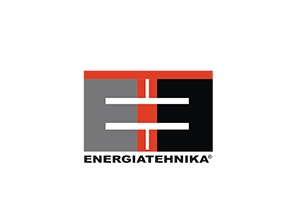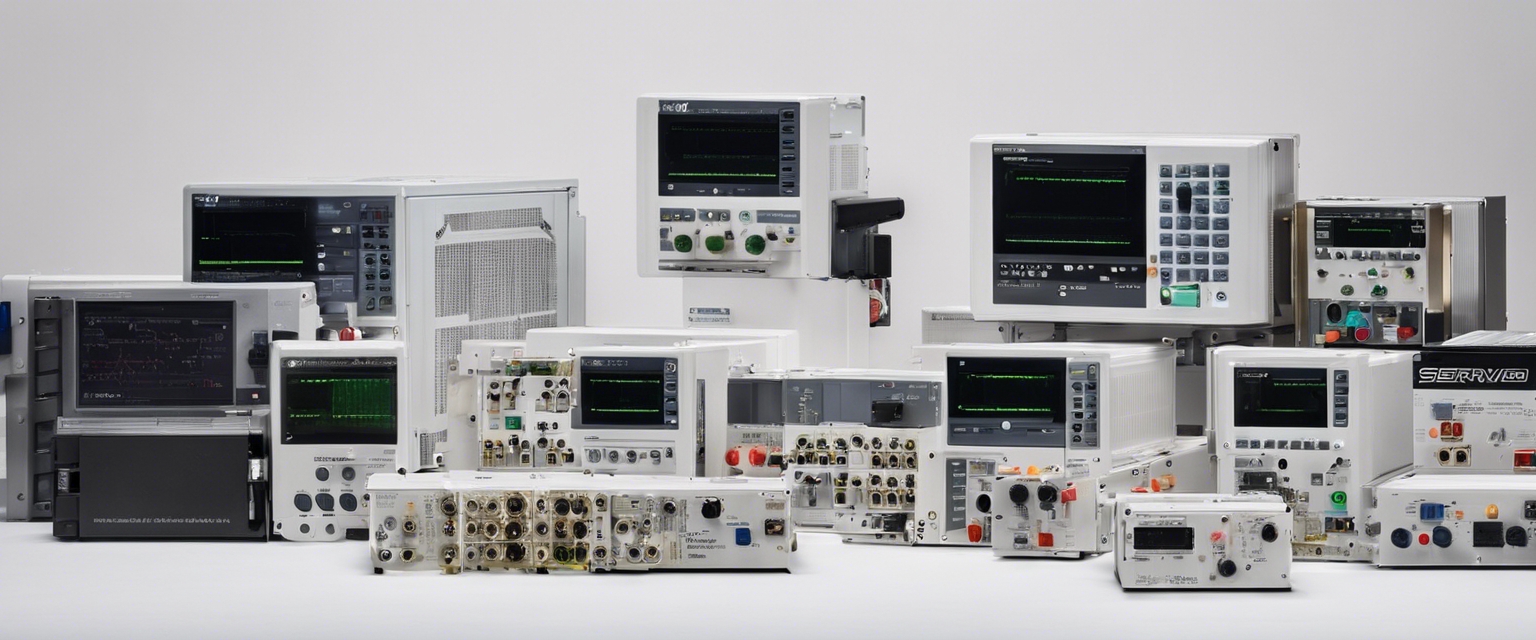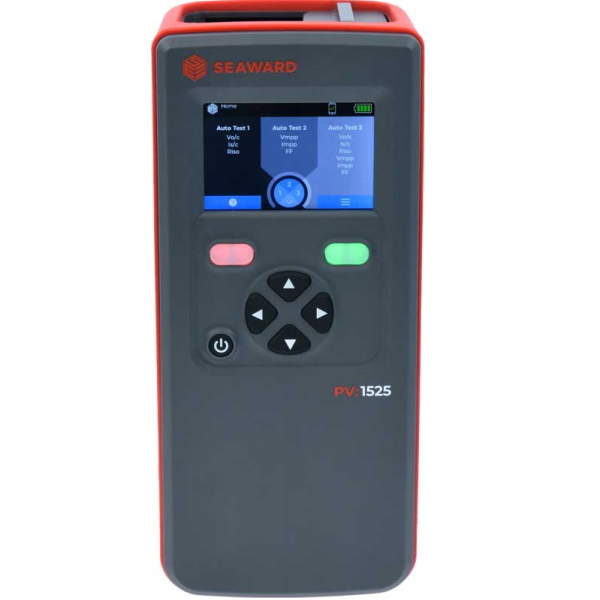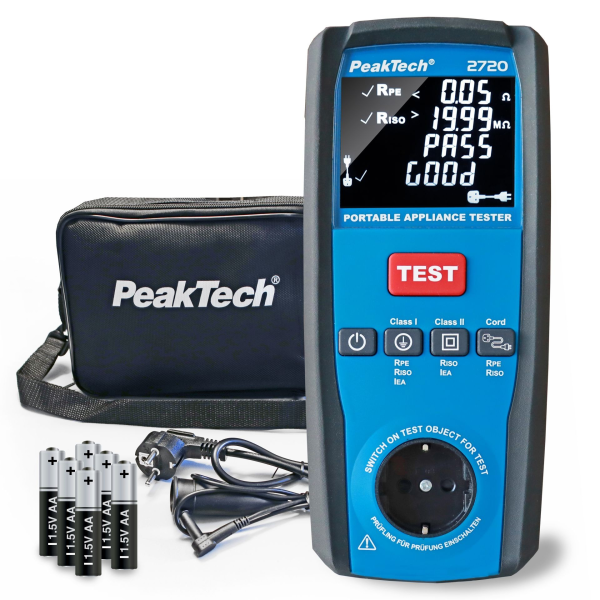Understanding frequency converters: a comprehensive guide
Frequency converters, also known as variable frequency drives (VFDs), are devices that convert alternating current (AC) of one frequency to another frequency. This technology is pivotal for controlling the speed of electric motors in various industrial applications. By adjusting the frequency of the electrical supply to the motor, frequency converters can finely tune motor operation to match the demands of the application.
Frequency converters are essential in modern industry for optimizing processes, improving energy efficiency, and extending the lifespan of machinery. They allow for precise control of motor speed and torque, leading to improved product quality, reduced mechanical stress, and lower operational costs.
Types of Frequency Converters
Rotary frequency converters use rotating machinery to convert the frequency of AC power. They are typically used in applications where ruggedness and the ability to handle large power capacities are required.
Static frequency converters, on the other hand, use solid-state electronics to change the frequency. They offer greater control, efficiency, and are suitable for a wide range of applications, from small to large power requirements.
How Frequency Converters Work
The input stage of a frequency converter typically involves rectification, where AC power is converted to direct current (DC). This stage may also include filtering components to smooth out the DC power.
In the conversion process, the DC power is then converted back into AC with the desired frequency. This is achieved using electronic switches that are controlled by a microprocessor or microcontroller.
The output stage delivers the converted AC power to the motor. It is crucial that this stage is well-designed to ensure the motor receives clean, stable power for efficient operation.
Key Features and Specifications
Frequency converters come in various power ranges and voltage ratings to suit different industrial needs. Selecting the right power range and voltage is critical for the application's requirements.
Modern frequency converters offer a variety of control methods and user interfaces, from simple potentiometers to sophisticated touch-screen panels and network communications for remote monitoring and control.
Protection features such as overcurrent, overvoltage, and thermal protection are integral to frequency converters, ensuring safe operation and preventing damage to the equipment.
Applications of Frequency Converters
One of the primary applications of frequency converters is in the speed control of AC motors, which is vital for processes that require variable speed operation.
By matching motor speed to the process requirements, frequency converters can significantly reduce energy consumption and improve overall system efficiency.
Frequency converters are also integral to process control and automation, allowing for precise control of motor-driven equipment in a production line.
Choosing the Right Frequency Converter
It is essential to understand the load requirements of the application to choose the appropriate frequency converter. This includes considering the starting torque, speed range, and duty cycle.
Environmental factors such as temperature, humidity, and the presence of corrosive or explosive atmospheres must be considered when selecting a frequency converter.
Frequency converters with customization options and flexibility in programming can be tailored to meet the specific needs of an application, providing an optimized solution.
Installation and Maintenance
Proper installation is crucial for the performance and longevity of frequency converters. This includes following manufacturer guidelines, ensuring proper ventilation, and using appropriate cabling.
Regular maintenance and being able to troubleshoot potential issues are key to ensuring the reliable operation of frequency converters. This includes periodic inspections, cleaning, and firmware updates.
Choosing a high-quality frequency converter and adhering to maintenance schedules can greatly enhance the longevity and reliability of the device, resulting in reduced downtime and lower total cost of ownership.








Comments (0)